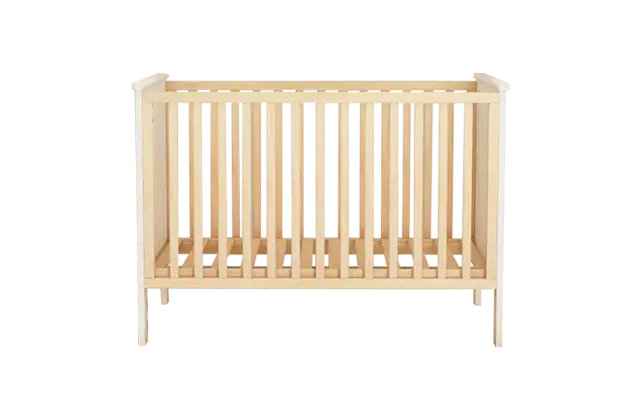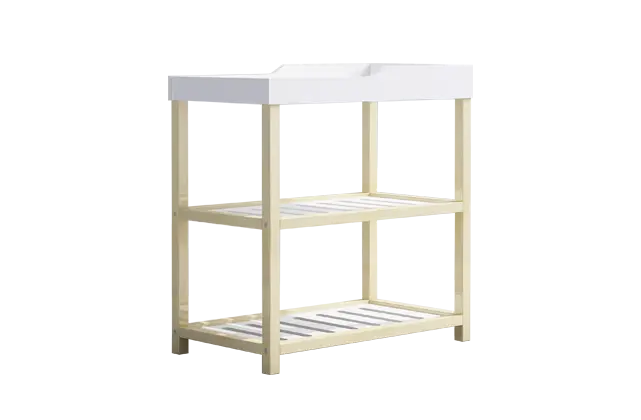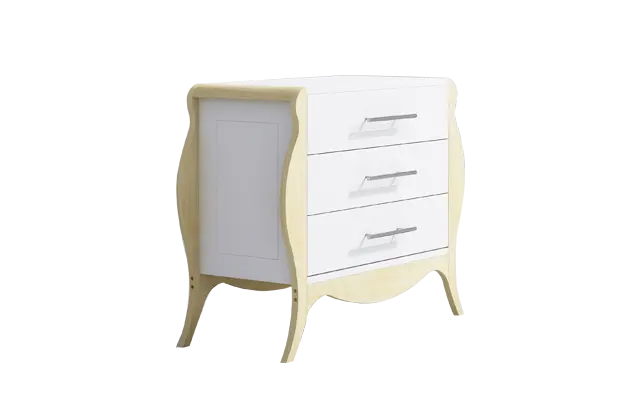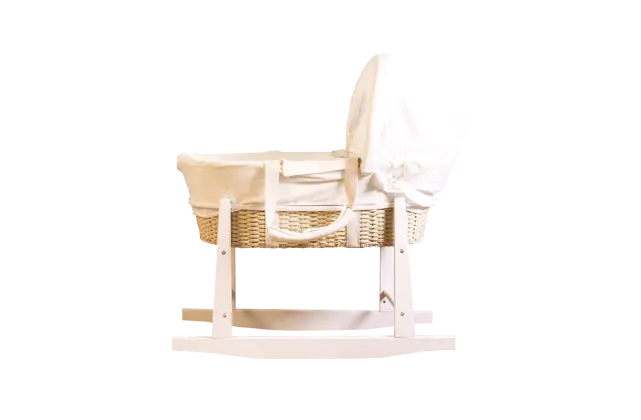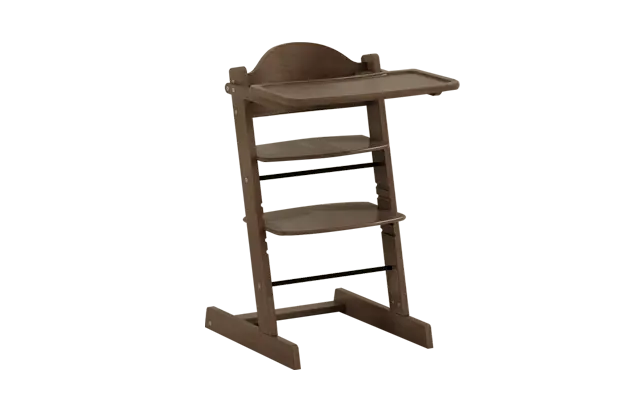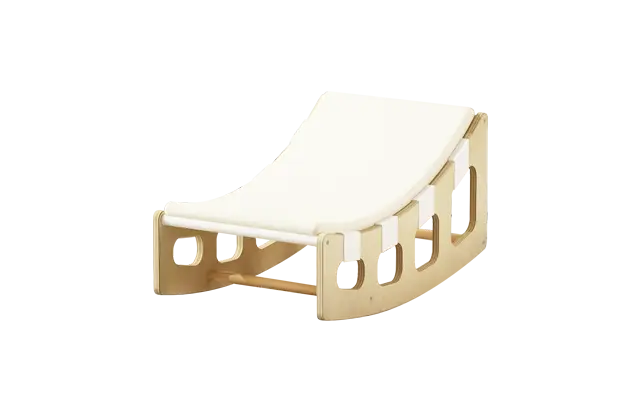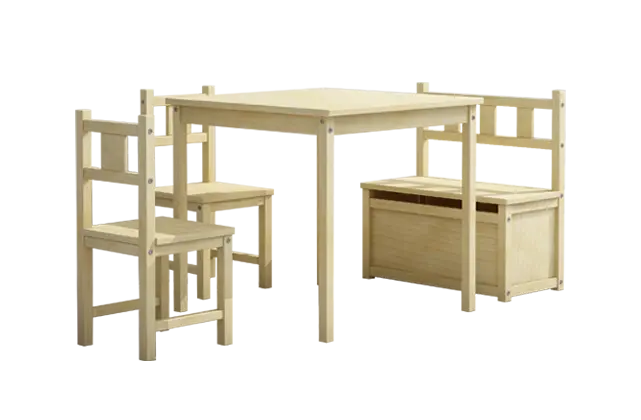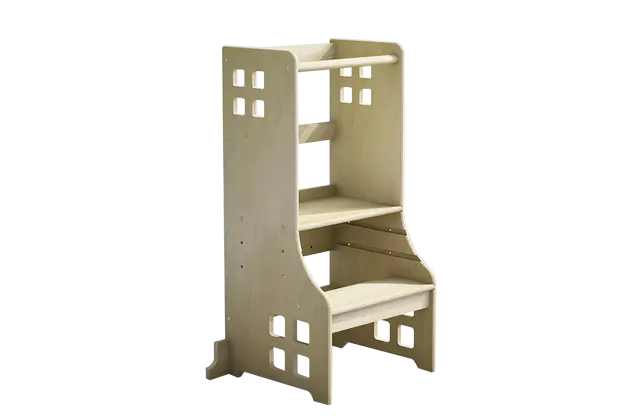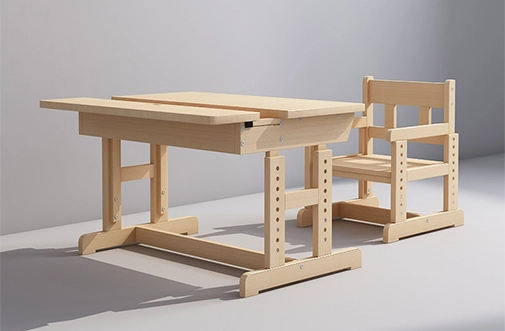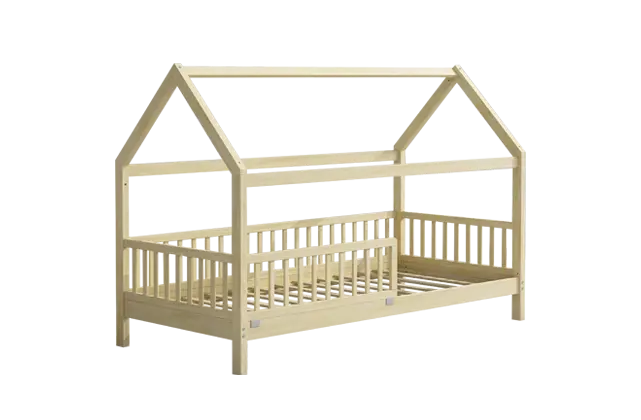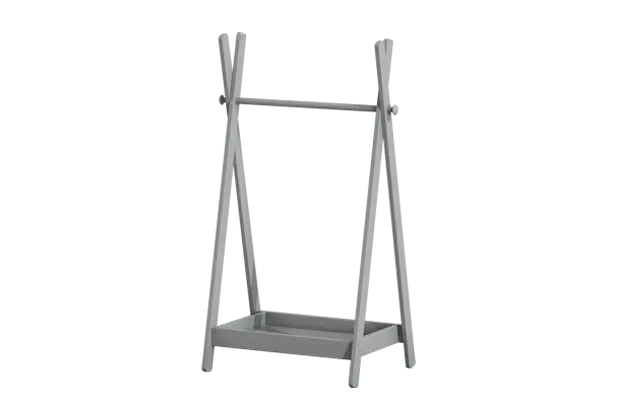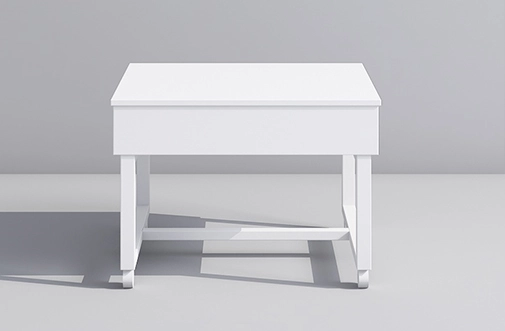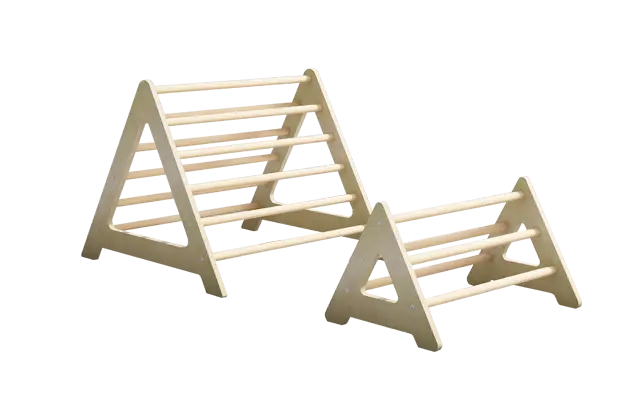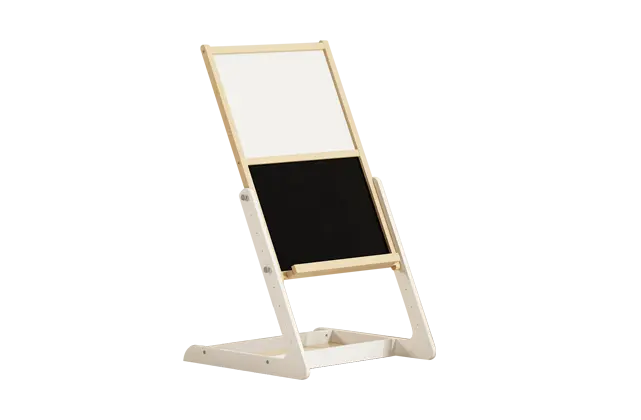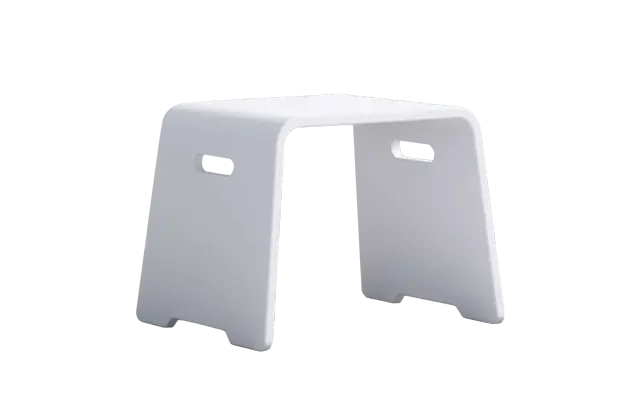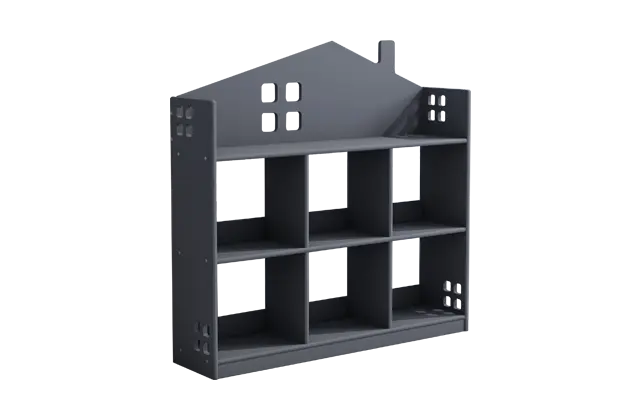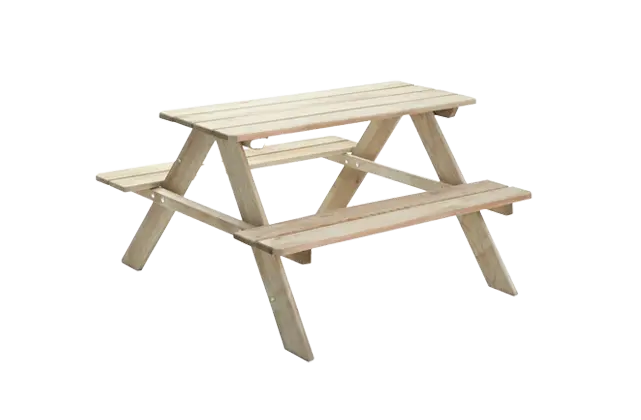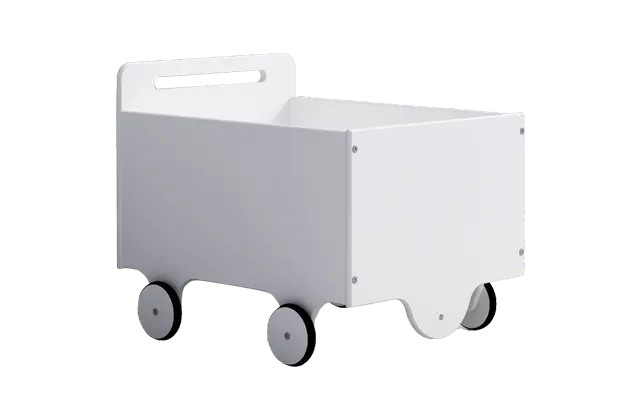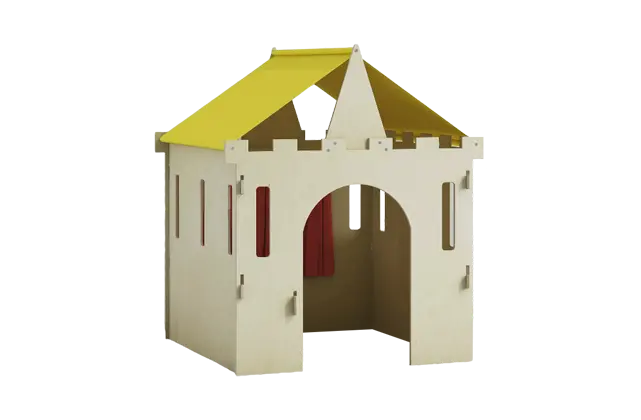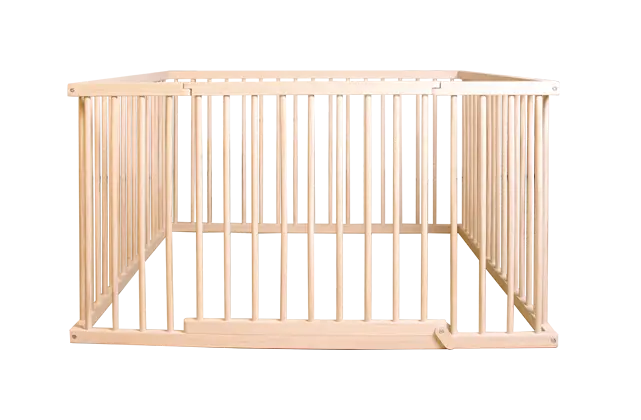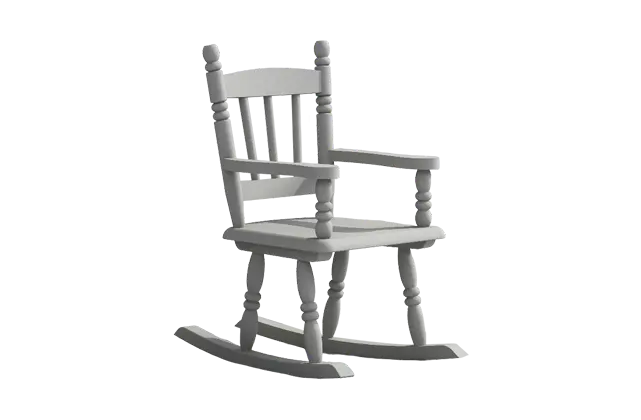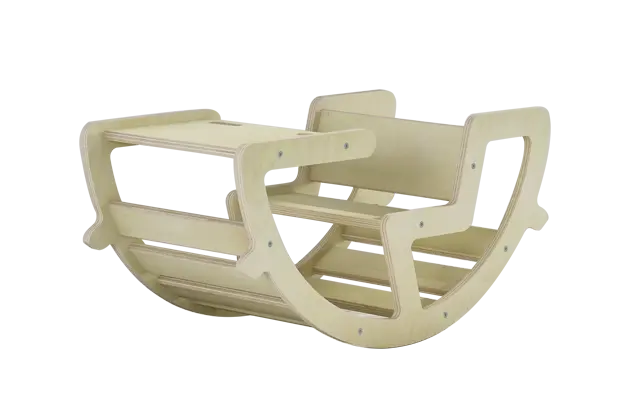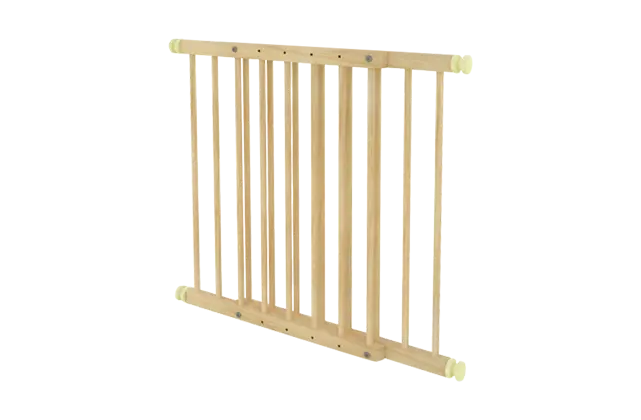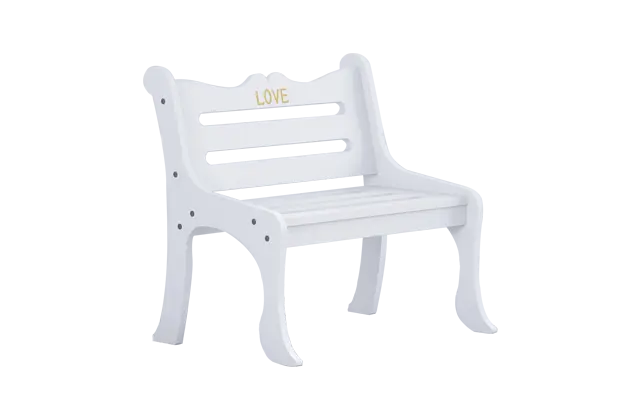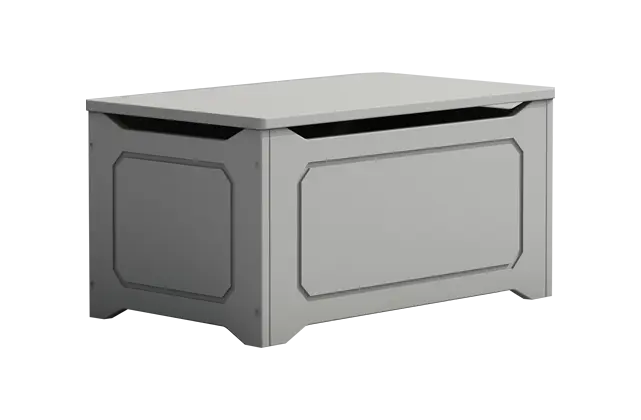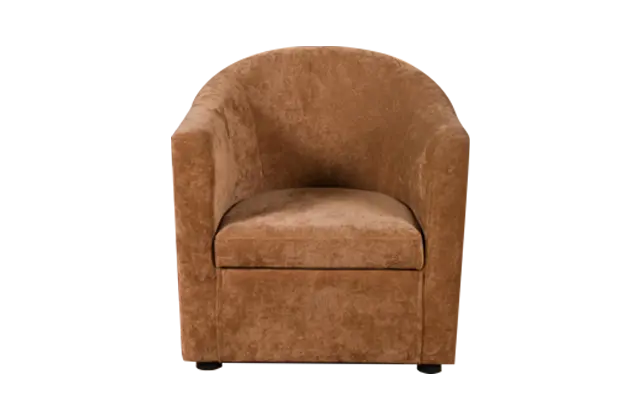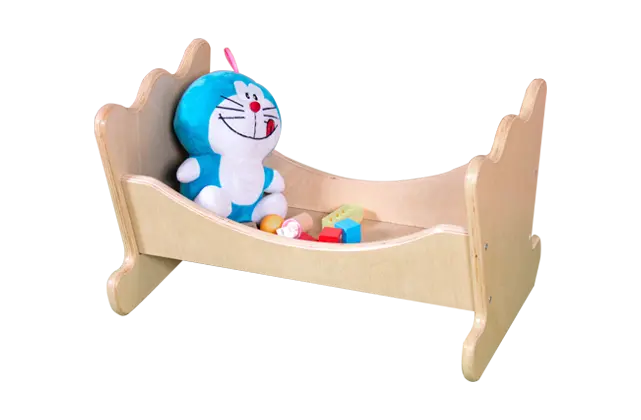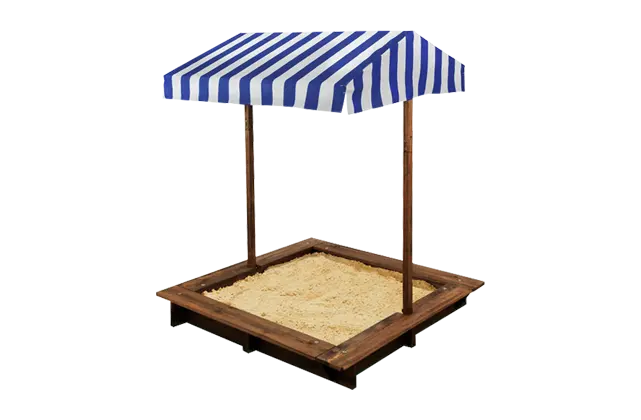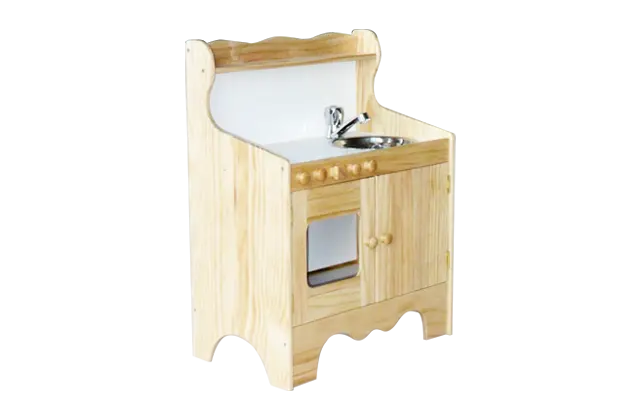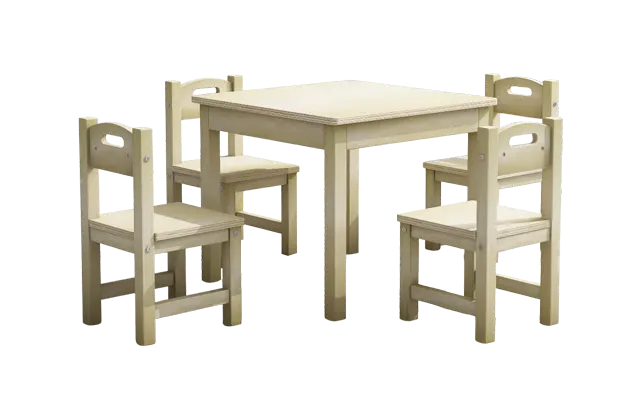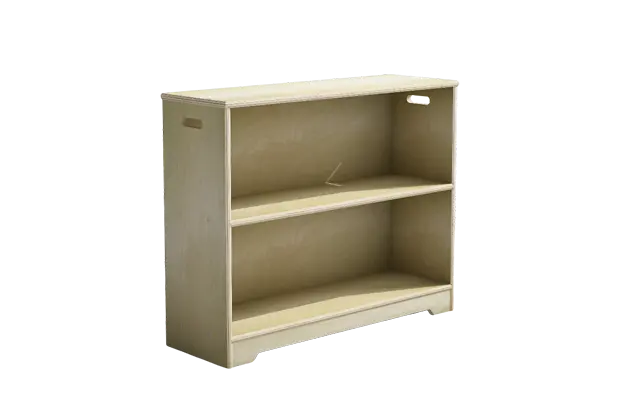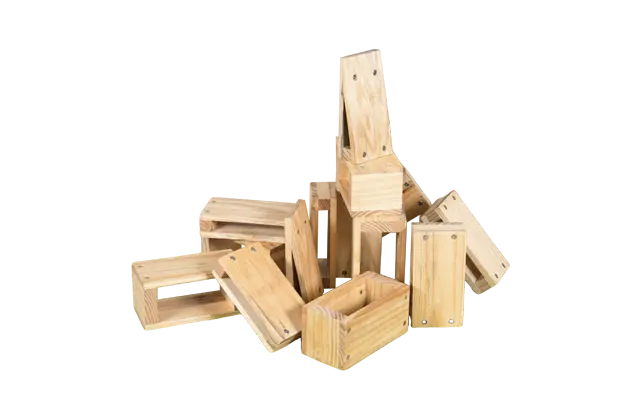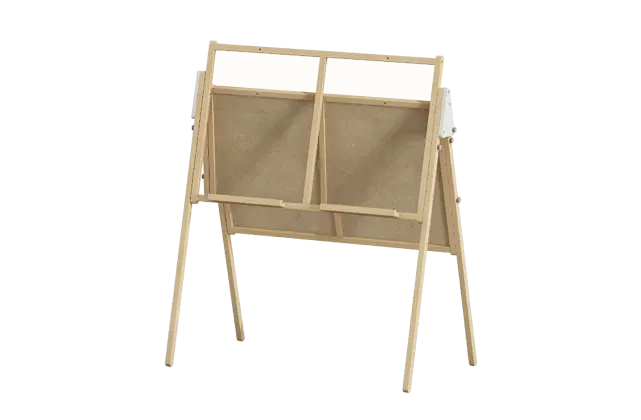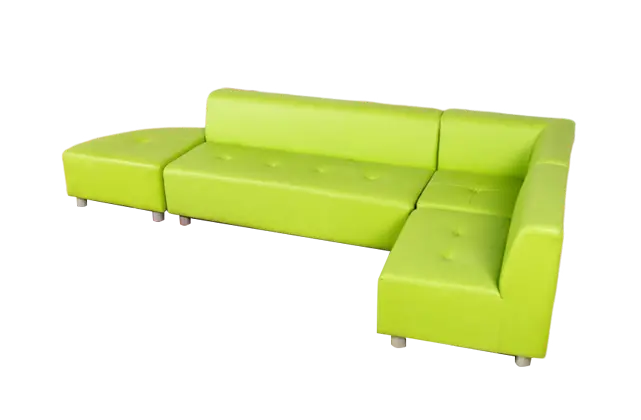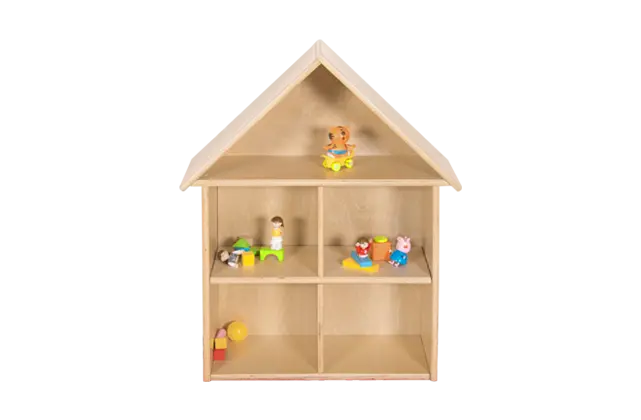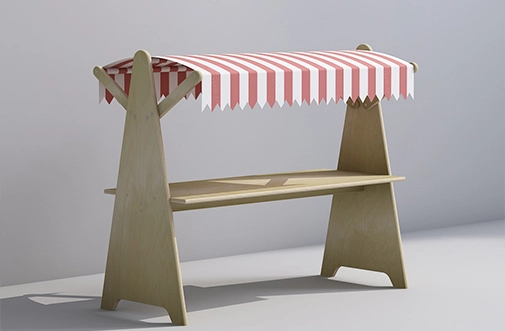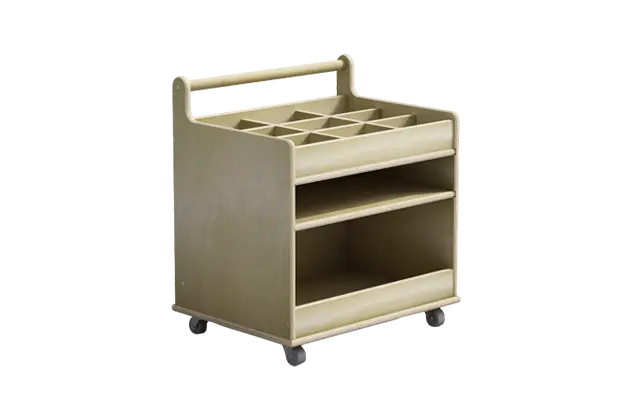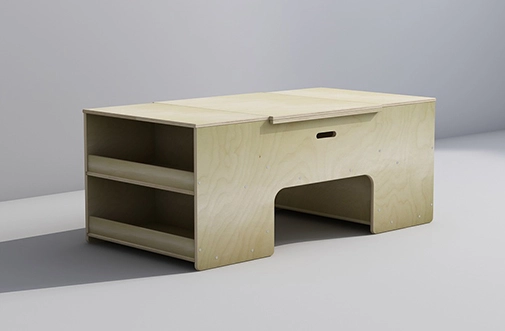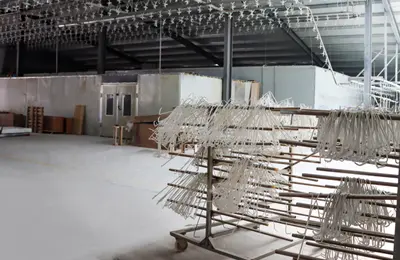Functions of Montessori Divider
Homish Montessori dividers serve multiple purposes in creating organized, functional, and engaging learning environments for children. Here are some of their key functions:
1. Defines Learning and Activity Areas:
Dividers help segment a space into distinct zones for specific activities, such as reading, art, sensory play, and practical life skills. This organization allows children to easily identify and navigate to their desired activity area, promoting a sense of order and structure.
2. Enhances Focus and Concentration:
By creating separate spaces for different activities, dividers help reduce distractions and noise, enabling children to concentrate better on the task at hand. This is especially beneficial in busy classrooms or shared learning spaces.
3. Promotes Independence:
Homish Montessori dividers facilitate self-directed learning by making it easier for children to choose and engage in activities independently. Each defined area provides clear cues on what materials and activities are available, encouraging children to take initiative in their learning.
4. Supports Classroom and Home Organization:
Dividers help keep learning spaces neat and organized. They prevent clutter from spreading across different areas and make it easier to store and access materials associated with specific activities.
5. Encourages Movement and Exploration:
The open, accessible design of Homish dividers allows children to move freely between areas, fostering exploration and curiosity. This flexibility supports the Montessori principle of encouraging children to learn through hands-on interaction and discovery.
6. Creates a Safe and Structured Environment:
Dividers can be used to safely separate areas that require adult supervision, such as art stations or sensory play zones, from other parts of the room. This ensures that children can engage in their chosen activities safely and confidently.
Various Uses of Montessori Divider
Homish Montessori dividers are versatile tools that can be utilized in numerous ways to enhance the organization, functionality, and aesthetic appeal of learning environments. Here are some creative and practical uses for these dividers:
1. Creating Activity Zones:
Use dividers to define specific areas for different activities such as reading, art, sensory play, practical life skills, and science exploration. This helps children identify and navigate to their desired activities, fostering independence and focused learning.
2. Establishing Quiet Spaces:
Designate quiet areas for activities that require concentration, such as reading or independent work. The dividers help minimize distractions and create a calm environment where children can focus and reflect.
3. Encouraging Group Learning and Collaboration:
Set up collaborative learning spaces for group projects or discussions. Dividers can be used to create semi-enclosed areas that encourage teamwork and communication among children, supporting social and cooperative learning.
4. Facilitating Role-Play and Imaginative Play:
Create themed play areas, such as a pretend kitchen, market, or doctor's office, using dividers to delineate each role-play station. This setup encourages imaginative play and helps children explore different roles and scenarios.
5. Organizing Materials and Supplies:
Use dividers with built-in shelves or pockets to store and organize learning materials and supplies. This makes it easy for children to access and return items, promoting organization and responsibility.
6. Designating Special Interest Corners:
Set up special interest corners such as a nature table, cultural exploration area, or science discovery station. Dividers help highlight these thematic spaces, making them inviting and accessible for children to explore and learn.
7. Supporting Transition Areas:
Use dividers to create transition areas between different learning zones or to separate high-energy play areas from quieter spaces. This helps manage the flow of movement and activity within the room, reducing disruptions and maintaining order.
 Jul 11, 2024
Jul 11, 2024 
